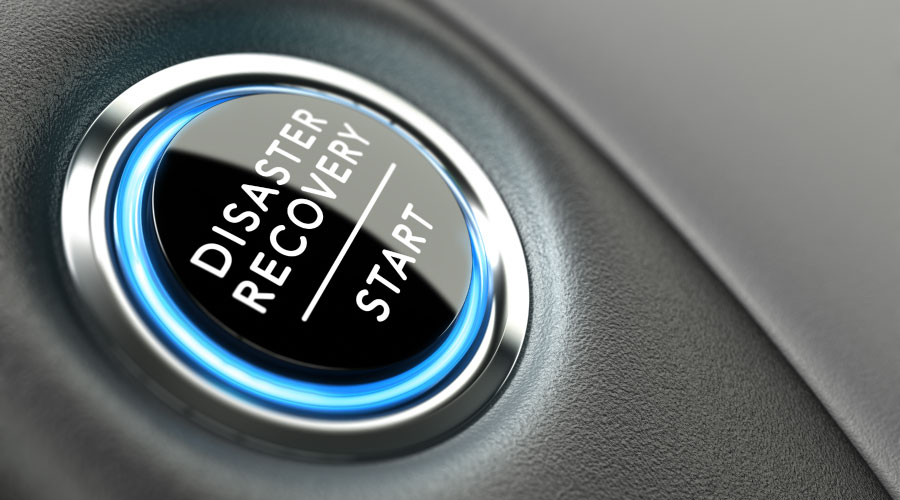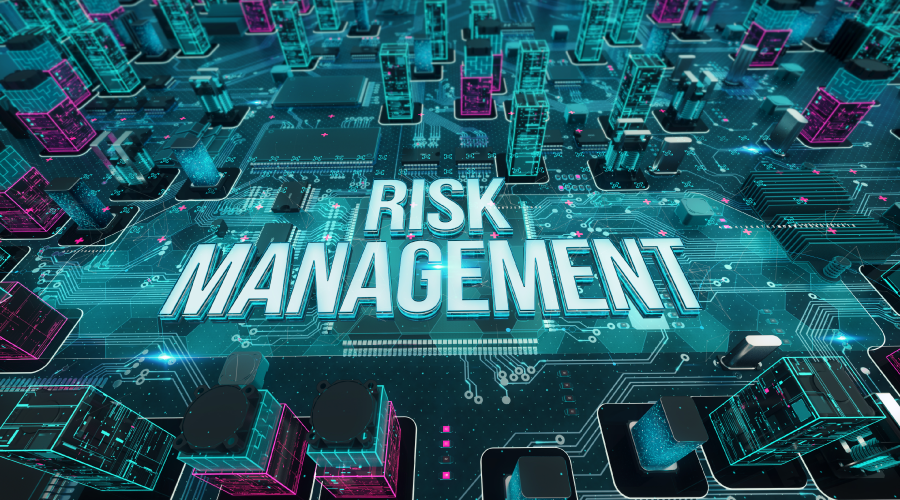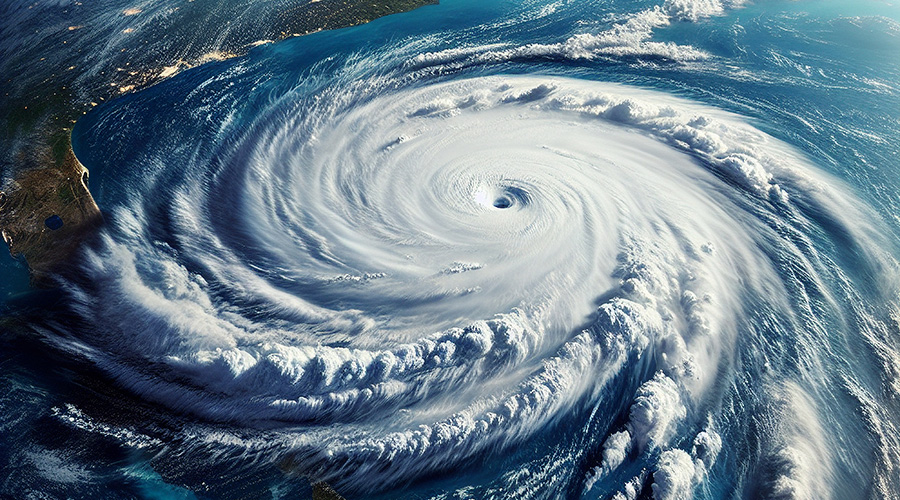The Aftermath: Minimizing Disaster Impact
If pipes are damaged, technicians also should turn off the main water and gas valves. The gas company can investigate any suspicions of gas leaks.
In the event of water-main break, they should flush water pipes and test the water before allowing occupants to drink it. During an emergency, it might be necessary to use bottled water or for extended outages, or a portable water tank can meet the facility's needs until the domestic water is safe.
The Long View
There is no one-size-fits-all strategy when it comes to planning for disaster recovery. The type of events, frequency, severity, geographical locations, facility size and type, equipment and processes to protect, the experience and training of the maintenance staff, and the ever-ominous budget all play a role in a developing a disaster-recovery plan.
As it is with maintenance, the budget is often the deciding factor when developing a disaster-recovery plan. But even if no budget exists for redundant systems, generators, or extra personnel, the facility must have a plan.
Managers must have an idea of the risks to their facility from a disaster, as well as the cost to get by without a key piece of equipment and the cost to replace it.
Most importantly, what could the event and its aftermath mean to the organization's customers and employees? Will customers wait while the facility tries to get by? Will the organization have to lay off staff until technicians can make repairs? Will customers and staff return after operations have been restored?
A plan does not cost anything, but not having a plan in place might cost an organization everything.
H. Wayne Henderson Jr., LC, LEED AP, is an associate and senior electrical designer at Henderson Engineers Inc. with more than 36 years of experience. He has served as project manager or lead electrical designer on projects for recreational, institutional, health care and corporate facilities.
Related Topics:













